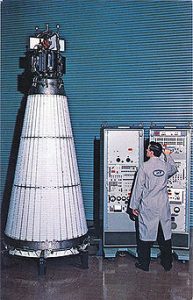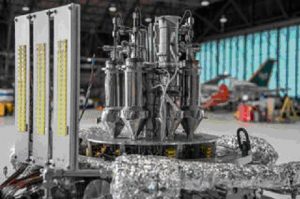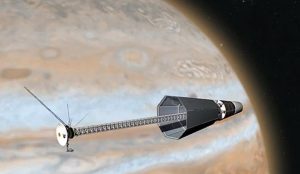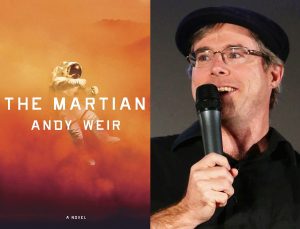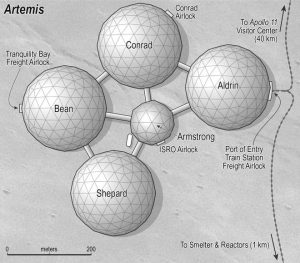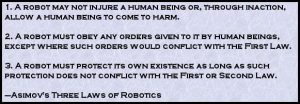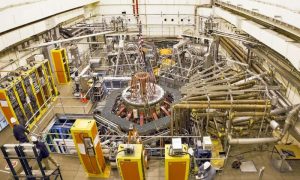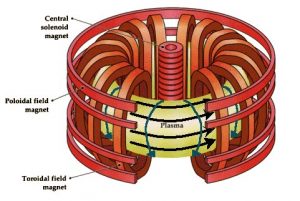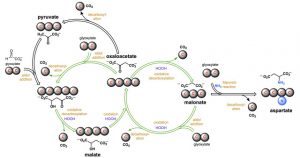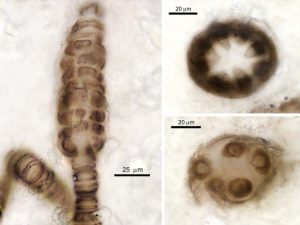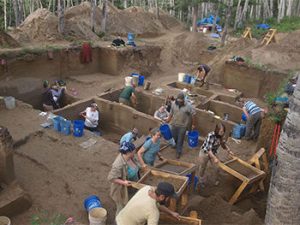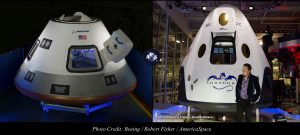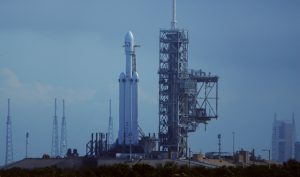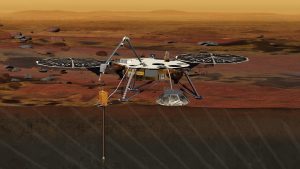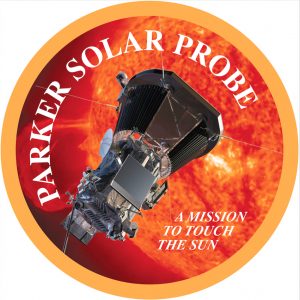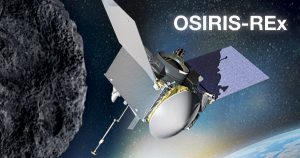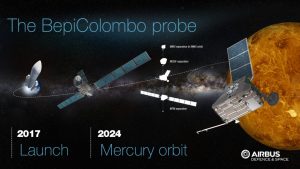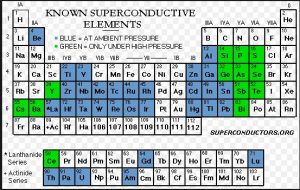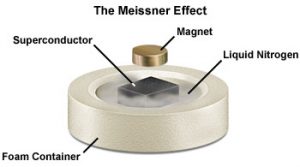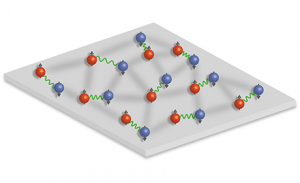Two years after Charles Darwin published his book “On the Origin of Species” in 1859 a fossil was discovered at the Solnhofer Limestone quarry in Bavaria in Germany. Even today that fossil is considered one of the most important pieces of evidence for the theory of evolution. The fossil was that of a small animal, a lizard-like creature with a mouth full of teeth, a long bony tail and three fingered claws on each arm.
The animal also had feathers, hundreds of beautiful feathers preserved in such detail that there could be no doubt but that these were flight feathers. This was a flying reptile, a transition species between the reptiles and birds, just the sort of creature that Darwin had predicted. This was Archaeopteryx. The image below shows that first specimen of Archaeopteryx.
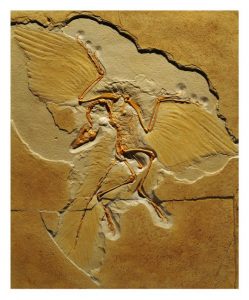
late Jurrasic
155 – 150 million years ago (Credit: PD)
Other specimens of Archaeopteryx have been discovered in the century and a half since that first find, and paleontologists have also found other species that show combinations of bird and reptile characteristics. Now a 12th specimen of Archaeopteryx has been found at the original Solnhofer limestone pit. The specimen, discovered by researchers from The Ludwig Maximilians Universitaet in Munich is dated to the Jurassic period, 150 million years ago and is believed to be the oldest Archaeopteryx ever found.
Today paleontologists place Archaeopteryx near the theropod dinosaurs on the evolutionary tree making the early bird a close relative of the mighty T-rex. Indeed many modern evolutionary biologists advocate separating the dinosaurs entirely from the reptiles and classifying them with the birds instead. That would mean that there are still dinos alive today, one just flew past my window.
It is hoped that the new specimen will help to clarify the relationships between the theropods and the earliest birds. The image below shows the new specimen of Archaeopteryx.
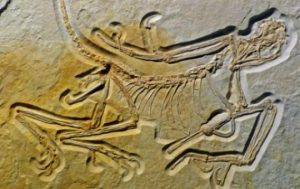
Along with the specimens of Archaeopteryx the Solnhofer limestone quarry in Bavaria has provided science with many of the best-preserved and studied fossils from the Jurassic period. At that time the area we now call southern Germany was a series of tropical coral reefs and lagoons where the water was often cut off from the nearby Tethys Sea. The heat of the Sun caused rapid evaporation that increased salt levels and reduced oxygen levels to the point where microorganisms could not survive. Any living creature that wandered into, washed into or in the case of Archaeopteryx fell into these waters sank to the bottom and did not decay! Because of this fossils in the limestone are rare, but they are exquisite. The images that follow are example of some of the finds discovered there.
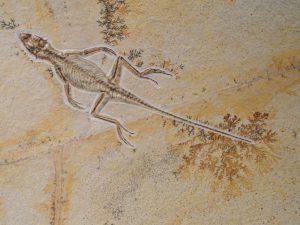
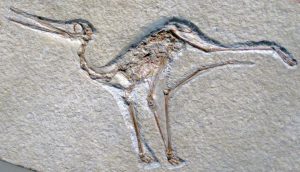
Another transition between two well-known groups from Solnhofer is shown in the image below. Officially classified as a crab the fossil obviously has a much larger tail than any crab you’ll find in the oceans today. Clearly this creature is a lobster caught in the act of evolving into a crab.

The limestone sheets from Solnhofer are of such fine grain and uniform consistency that they have been used to make lithographic prints since the Middle Ages. So fine are the deposits that even the wings of insects and soft-bodied animals like jellyfish are fully preserved.
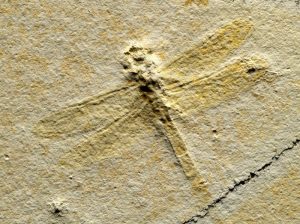
Paleontologists call fossil sites like Solnhofer ‘Lagerstätten’ or mother loads because the fossils are so valuable in our efforts to understand the history of life on our planet. The Burgess shale in British Columbia is another famous Lagerstätten where soft bodied animals from near the beginning of multicellular life are amazingly preserved. Someday I’ll have to tell you all about that.

